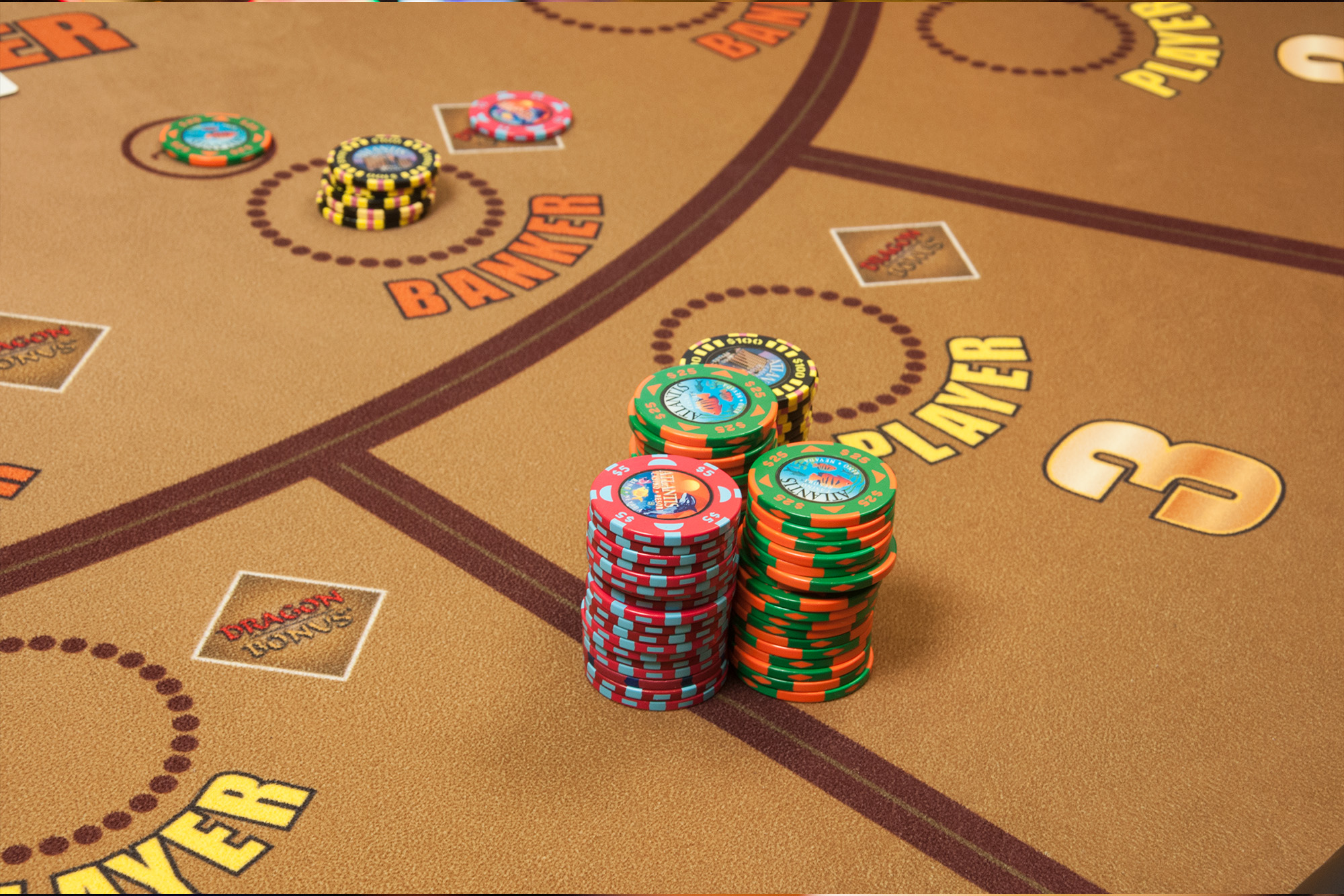The green felt table. The clink of chips. The subtle, almost imperceptible twitch of an opponent’s eye. Poker is a game of intense psychological warfare and mathematical precision. For players with disabilities, however, the physical and sensory barriers of a traditional game can feel like an insurmountable bluff. But here’s the thing: the game is evolving. A new wave of accessibility and adaptive technology is quietly dealing a fresh hand, ensuring that passion for poker, and the strategic mind behind it, is the only thing that truly matters.
Leveling the Online Felt
Let’s be honest, the digital realm has been a game-changer. Online poker platforms are, in many ways, the great equalizer. But even here, default settings can create unnecessary hurdles. The good news? The tools to overcome them are often built right in or are just a download away.
For Players with Visual Impairments
Imagine trying to read a opponent’s bet size if the numbers are a blur. Or distinguishing between a heart and a diamond when color isn’t a reliable cue. Screen readers like JAWS and NVDA are the ace in the hole here. When a poker site is properly coded for accessibility, these tools can vocalize everything—your hole cards, the community cards, the action history, and pot size.
Beyond screen readers, players utilize:
- High-Contrast Modes and Color Correction: Many operating systems and some poker clients allow for drastic color shifts. This can make cards and interface elements pop off the screen, crucial for players with color blindness or low vision.
- Screen Magnification Software: Zooming in on a specific part of the table—the dealer button, a particular player’s stack, the flop—allows for focused attention without missing the bigger picture.
- Custom Sound Profiles: This is a big one. Unique, distinct audio cues for different events (a check, a raise, a fold, the turn of a new card) create a soundscape of the game. A player can “hear” the action unfold, processing information as quickly as anyone staring at the screen.
For Players with Motor or Mobility Impairments
The speed of online poker can be brutal. For someone with limited dexterity or who cannot use a standard mouse, the timed action buttons can feel like a trap. Adaptive technology smashes that clock.
Solutions range from elegant to ingeniously simple:
- Voice Recognition Software: “Fold.” “Raise one dollar.” “Check.” Tools like Dragon NaturallySpeaking turn spoken commands into instant in-game actions. It’s like having your own personal dealer.
- Adaptive Keyboards and Switches: These devices can be programmed with macros for common poker actions. A single button press or puff on a sip-and-puff switch can execute a pre-set bet size or instantly fold a hand.
- Eye-Gaze Technology: For players with severe mobility limitations, this is nothing short of revolutionary. By tracking eye movement, the technology allows a user to control the mouse cursor and make selections just by looking at different areas of the screen. You literally play poker with your eyes.
Bridging the Gap to the Physical Table
Okay, so online is covered. But what about the raw energy of a live tournament? The feel of real clay chips? The palpable tension in the room? Adaptive tech isn’t just for the digital world; it’s making its way into casinos and home games, too.
Think about the core interactions at a physical table. You need to see your cards, handle your chips, and communicate your actions clearly.
- Card Protectors and Holders: A simple, weighted card holder can be a godsend for a player with arthritis or limited hand strength. It keeps the cards upright and visible without requiring a constant, painful grip.
- Adaptive Chip Handling: Chip shuffling might be out of reach, but chip pushers and specialized racks can help a player manage their stack and make bets independently.
- The Power of Communication: For players who are non-verbal, a tablet with a communication app can be their voice at the table. Pre-programmed phrases like “I call,” “All-in,” or even a bit of friendly trash talk keep them in the game and the social loop.
The Human Element: It’s Still Poker
All this technology is fantastic, sure. But the most crucial piece of the puzzle isn’t a piece of software or hardware. It’s the people. Tournament directors, casino staff, and fellow players all play a role. Creating an inclusive environment is about more than just ramps and wide aisles.
It’s about patience. It’s about understanding that a player using voice software might need an extra second to confirm their action. It’s about not staring when someone uses a card holder. It’s about recognizing that the mind across from you is sharp, tactical, and here to play—regardless of the tools they use to interact with the game.
In fact, some of these adaptive tools can even become a part of a player’s unique strategy. The consistent, emotionless tone of a synthesized voice announcing “raise” can be a powerful, unreadable mask.
The Future of the Game is Accessible
We’re at a fascinating crossroads. As poker continues to globalize and move online, the pressure and opportunity for universal design will only grow. The goal isn’t a separate, segregated experience. It’s a single, seamless game where the interface melts away, and all that’s left is the pure, unadulterated battle of wits.
So the next time you sit down at a table—virtual or real—and see someone using a technology you don’t quite understand, remember this: they aren’t at a disadvantage. They’ve simply found a different way to play the same beautiful, complex game. And honestly, that kind of innovative thinking is probably what makes them a formidable opponent in the first place.





